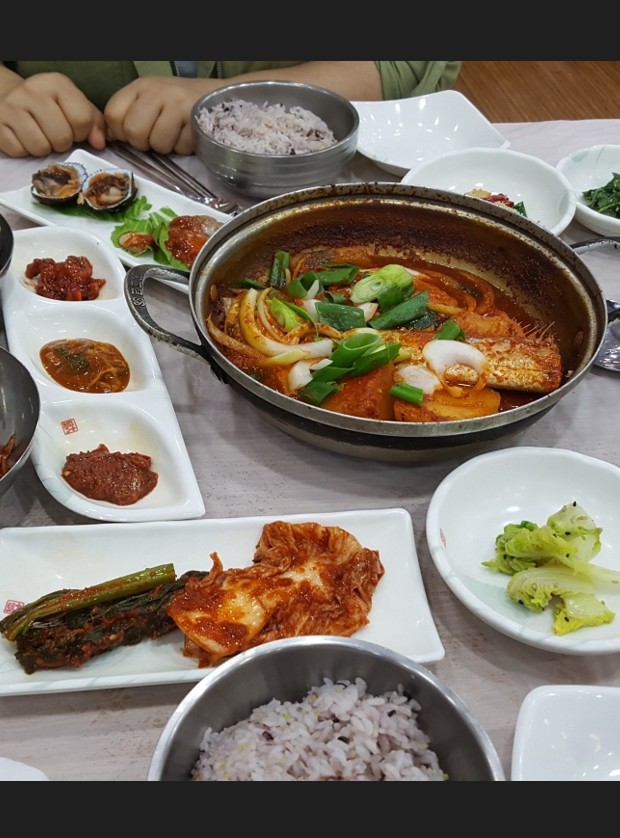 What are the five typical flavor elements of Korean cuisine?
What are the five typical flavor elements of Korean cuisine?
What are the five typical flavor elements of Korean cuisine?
Korean cuisine is known for its bold and varied flavors that delight the buds of flavors. From spicy and savory tastes to sweet and tangy, there are various flavors that make Korean cuisine very unique. In this article, we will look into five flavor factors that define Korean cuisine.
Salty.
The salty taste plays an important role in Korean cuisine, as it enhances the natural taste of ingredients. Soy sauce and soybean paste are commonly used to add salty taste to dishes. Steamed egg and kimchi stew are good examples of including salty taste in Korean cuisine.
Spicy.
Spicy taste is another flavor factor that stands out in Korean cuisine. Gochujang is a key ingredient that provides spicy stimulation to many Korean dishes. Kimchi, tteokbokki, and bulgogi are popular examples of spicy Korean dishes that will ignite your taste buds.
It’s sweet.
Korean cuisine is famous for its intense taste, but it has a sweet side, too. Sugar, honey, and fruit are used to add a little sweetness to certain dishes. Japchae (sweet potato noodles), pumpkin porridge (pumpkin porridge), and bingsu (shaved ice dessert) are examples of Korean cuisine with pleasant sweetness.
Sour taste.
Sourness is often introduced through the use of fermented ingredients in Korean cuisine. Besides kimchi, which is both a staple and an iconic fermented food, other fermented foods such as makgeolli, ssamjang, and pickles also contribute to the sour elements of Korean cuisine. Sourness adds a refreshing, tangy taste to the overall flavor profile.
Bitter.
Bitterness is a less important flavor factor in Korean cuisine than the other four. However, certain ingredients, such as bitter vegetables, herbs, and medicinal plants, are used to provide hints of bitterness in some dishes. Traditional Korean tea, made with ingredients such as green tea, barley, and mugwort, is also a little cheaper due to its health benefits.
In conclusion, the five flavor elements of Korean cuisine are salty, spicy, sweet, sour, and bitter. These elements work in harmony to create a culinary experience rich in taste and texture. Whether you like spicy food, Korean cuisine offers a variety of options to satisfy your appetite. So the next time you enjoy it, take a moment to taste the intricacies of the flavors that truly make it special.